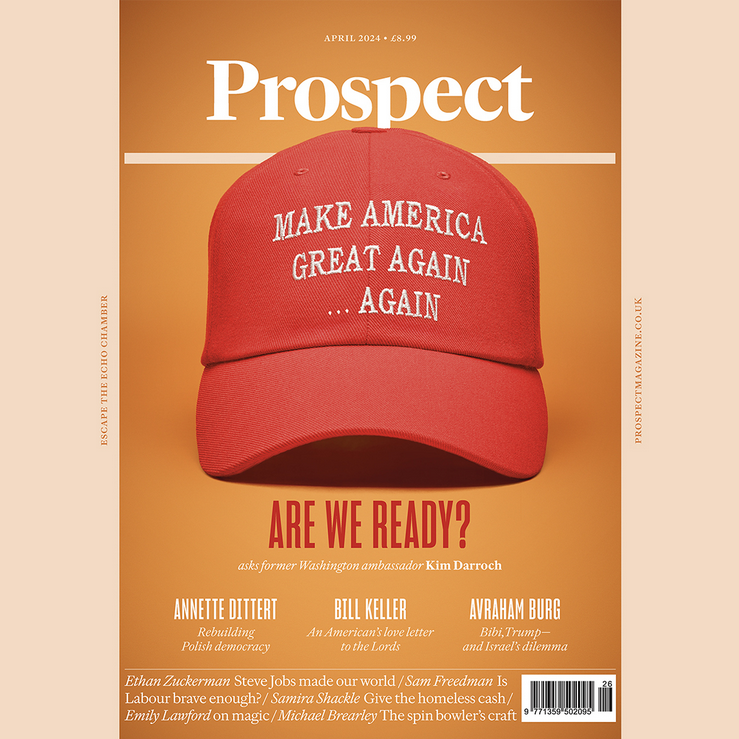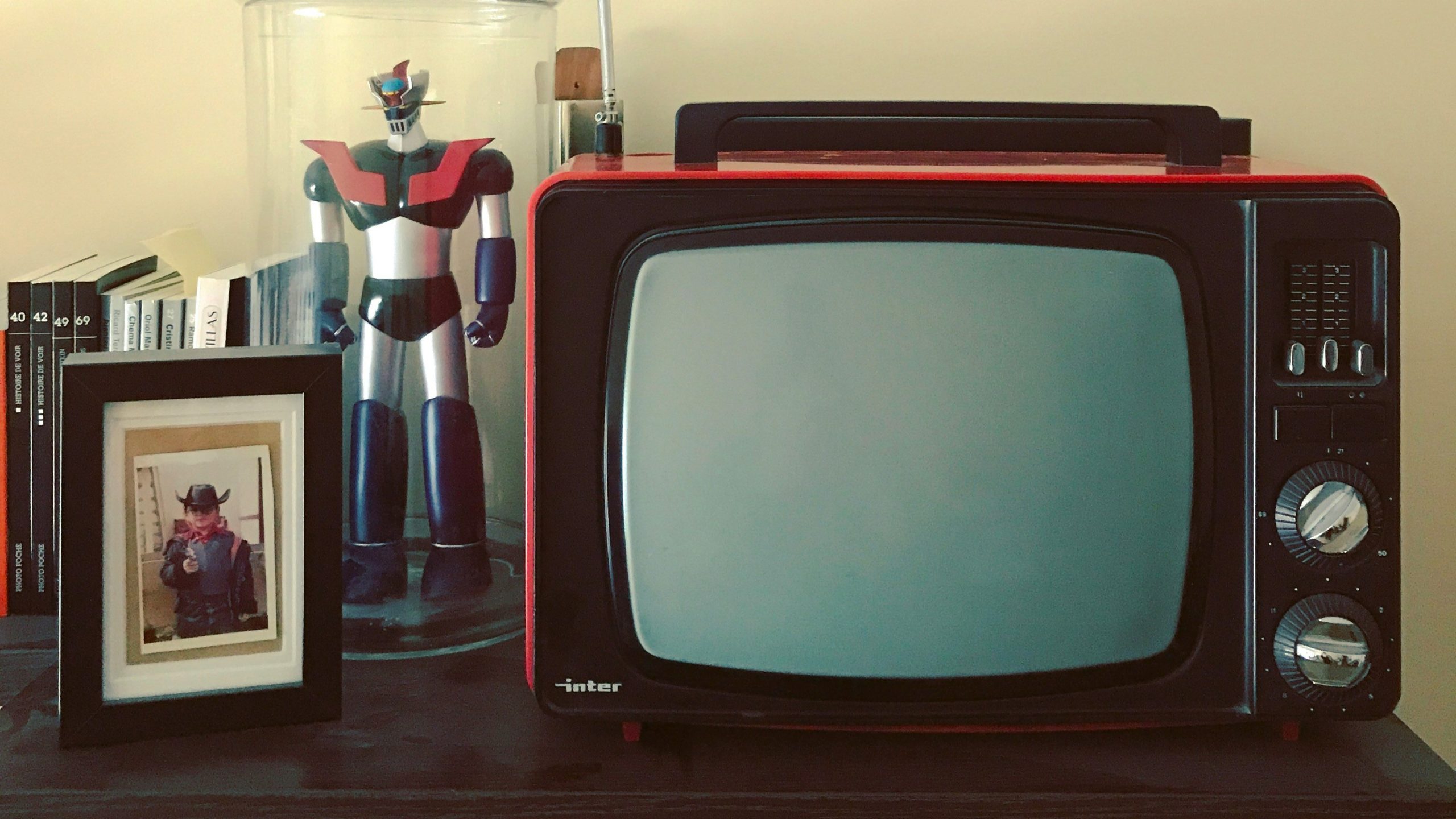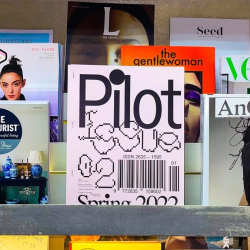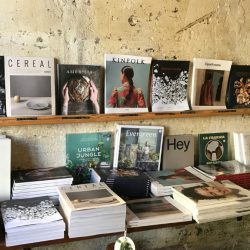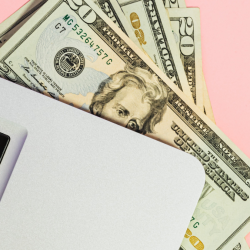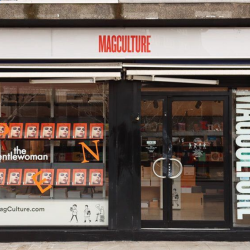FHM, Shortlist, Glamour, Now, Time Out London… the rise of digital and skyrocketing print costs have killed off many longstanding British magazines in print. Sales have been falling since 2005. Even new media magazine darlings like Vice and gal-dem have closed, cutting hundreds of jobs as publishers’ online revenues are squeezed by an ‘oligopoly’ of tech giants hoovering up $4 in every $10 spent on advertising globally.
But a few print magazines have survived and thrived in a radically changed media landscape, and continue to attract media buyers, brand partners and ad spend. Some that folded have been resurrected, and the launch of new titles signals that print is far from finished. So, what explains the enduring value of print magazines to brands and advertisers?
Verticals such as men’s magazines have suffered from cultural shifts and image-first platforms like Instagram, but current affairs titles have fared better. The survival of Prospect, The Economist, The Spectator and New Statesman is certainly down to adaptation and multi-channel expansion. But their capacity to flourish in adversity is also because print offers something digital simply never will. Magazines streamline and curate information, foreground expert perspectives, and provide brands with a focused, informed and motivated audience. In other words, they offer the opposite of the cacophony of white noise, fake news, trolls, and poorly placed, irritating adverts online. In return for their investment, brand partners and advertisers get access to potential customers who are clued up and concentrating closely. A hundred of those eyeballs could be worth a thousand absent-minded doom scrollers.
Prospect, for example, has a monthly circulation of 33,161 and a total reach (including online) of 360,000. That’s modest — but those readers are chairpeople, department heads, consultants, and C-suite executives. 54% of readers hold positions of director or higher and 646 MPs subscribe to the magazine. The magazine’s writers include policymakers, economists and academics. This is influencer marketing, old media style. Prospect has certainly branched out, encompassing online, social, podcasts, webinars, events and roundtables, newsletters, advertorials and annual awards. But the printed magazine is at the heart of their strategy, and remains a draw for advertisers, brands and media buyers.
Despite a small recent dip in sales, Private Eye remains one of Britain’s best-selling magazines, with nearly a quarter of a million issues actively purchased and a loyal readership of over a million. Combining humour, socio-political commentary and in-depth investigations, the Eye can offer a potentially lucrative market for advertisers, with 86% of its audience in the ABC1 demographic.
This ability to target specific, dedicated audiences is key
For media buyers and brands, the less crowded, less cluttered medium of print now represents a unique opportunity in the media mix. Format also is crucial. Polling in 2022 showed that whilst a majority of people prefer reading news online, 58% of Brits (and 47% of Americans) preferred physical magazines. Reading a print magazine is an intimate, tactile experience, led by an engaged consumer. Brand campaigns in print thus have the opportunity to command absorbed attention, rather than simply being aimed in the general direction of an indifferent browser on the internet.
The unique qualities of physical media have led to some publications being resurrected. Founded in 1980, The Face was an influential voice in British culture for two decades, before shuttering in 2004. It was reborn in 2019, offering brand partnerships, a white-label agency service, sponsored social content, digital advertorial and 360-degree campaigns with end-to-end production. Yet the revived print magazine remains pivotal. The Face is read by 18–35-year-olds at the cutting edge of culture, covering fashion, music, design and art, meaning brand partners can reach highly discerning consumers. Although targeting a completely different demographic to that of Prospect or Private Eye, The Face’s appeal as a marketing medium is the same: a clearly defined, conscious and tailored audience.
Or to take another example, NME ceased printing in 2018 after more than fifty years as Britain’s most iconic music magazine but re-launched in July 2023 as a bi-monthly glossy. Overturning the assumed narrative, digital has in fact provided the impetus for NME’s rebirth in print. ‘NME has never reached more people than it does today’, said Meng R Kuok, the founder of parent company Caldecott Music Group (who bought NME in 2019). Capitalising on digital and social media success, going from weekly to bi-monthly, and adopting a more premium format with fewer copies, NME hopes to tap into ‘hype’ culture, FOMO marketing and ‘limited drop’ strategies that drive fashion, merchandise and music marketing.
Some publishers are even taking the bold step of launching new titles in print. Perspective was founded to ‘bring its reader the viewpoints and voices that others often miss’. In a competitive current affairs market, Perspective stands out by offering a variety of angles and perspectives on current debates rather than simply paying lip-service to ‘bothsidesing’.
Of course, conditions for print magazines remain extremely challenging. Print advertising revenues dropped 33% from 2019 to 2020, accelerating a downward trend. The number of print titles reported to the Audit Bureau of Circulations (ABC) has more than halved since 2000. But the survival of some magazines, others rising again, and the birth of new titles tells us that print still offers brands and advertisers a unique opportunity to connect with audiences.
Featured image: Pixabay / Pexels





















